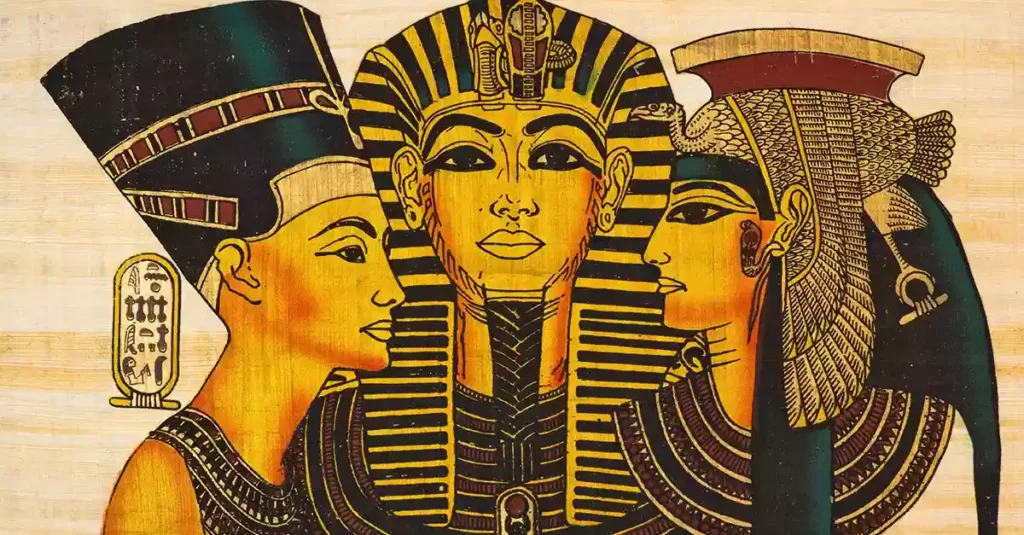In the realm of religious and philosophical thought, panentheism stands as a fascinating and often misunderstood concept. Rooted in ancient origins and enriched by centuries of philosophical development, panentheism offers a unique perspective on the divine and its relationship with the world. In this guide, we will delve into the depths of panentheism, exploring its definition, beliefs, historical roots, variations, key concepts, criticisms, and implications for our understanding of spirituality and existence.

✅ AI Essay Writer ✅ AI Detector ✅ Plagchecker ✅ Paraphraser
✅ Summarizer ✅ Citation Generator
What is Panentheism?
Panentheism, derived from the Greek terms “pan” (meaning all), “en” (meaning in), and “theism” (derived from “theos,” meaning God), is a theological and philosophical worldview that posits the idea of God being both immanent within the world and transcendent beyond it. This concept sets panentheism apart from both classical theism and pantheism.
The term “panentheism” was coined in the 19th century, but the ideas underlying it have ancient origins. Early expressions of panentheistic themes can be traced back to figures like Ikhnaton, the Egyptian pharaoh often considered one of the earliest monotheists. His conception of the sun god avoided the separation of God from the world found in theism and the identification of God with the world seen in pantheism.

Key Characteristics
Panentheism places a significant emphasis on human experience, suggesting that our encounters with the divine occur within the context of the world. This perspective enriches the spiritual lives of individuals and encourages a deep connection with the natural world. Panentheism’s key characteristics include the belief that God is intimately present within every aspect of the world, that the world is in God, and that God is in the world. Unlike classical theism, which emphasizes divine transcendence and a separation between God and the world, or pantheism, which equates God with the world, panentheism maintains the distinct identities of both God and the world while emphasizing their profound interconnectedness.
Panentheism vs. Pantheism and Classical Theism
It is essential to distinguish panentheism from pantheism and classical theism. Pantheism asserts that God and the world are identical, blurring the line between the divine and the material. In contrast, classical theism emphasizes divine transcendence, portraying God as separate from and unaffected by the world. Panentheism bridges these two extremes by highlighting God’s immanence in the world while preserving divine transcendence.
Historical Roots of Panentheism
The roots of panentheism can be traced back to ancient religious thought, particularly in the works of Ikhnaton, who emphasized the interconnectedness of God and the world, avoiding both separation and identification. As philosophical thought evolved, thinkers like Plato and later philosophers such as Schelling and Hegel introduced ideas that aligned with panentheistic themes. Plato, for instance, proposed a metaphysics that combined unchanging Forms with a changing world soul, illustrating the balance between the immutable and the evolving.
Philosophers like Schelling and Hegel developed panentheistic ideas further. Schelling emphasized the freedom of creatures in relation to God’s necessity, while Hegel united subjective and objective idealism, highlighting the dialectical development of God and nature.
Variations of Panentheism
Panentheism finds a significant place within Christian theology, with influential theologians like Karl Barth and process theologians like Alfred North Whitehead offering panentheistic perspectives. Christian panentheism highlights God’s dynamic presence in the world and the idea that God’s being encompasses and interacts with the world.
While Christian panentheism is well-documented, panentheistic themes also emerge in other religions. Hinduism and Buddhism, for example, emphasize the interconnectedness of all beings and the idea that the divine is immanent within the world. Panentheistic expressions can be found across various religious traditions.
Key Concepts and Beliefs
- Divine Immanence and Transcendence. A core belief in panentheism is the simultaneous immanence and transcendence of God. God is not distant or disconnected from the world but is intimately present within it while remaining transcendent beyond it.
- The Relationship Between God and the World. Panentheism asserts a dynamic relationship between God and the world, emphasizing that the world is not an independent creation but exists within God’s divine being. This relationship allows for ongoing interaction between the divine and the material.
Influence of Scientific Thought
Panentheism’s compatibility with scientific thought has led to its resurgence in modern times. It accommodates scientific discoveries and highlights the interconnectedness and interdependence of all aspects of existence.
Panentheism has not been without its critics. Some argue that it blurs the line between God and the world, while others raise concerns about the implications of a dynamic and evolving deity. However, proponents of panentheism offer responses, addressing these concerns and highlighting the philosophical and theological depth of this worldview.
In conclusion, panentheism represents a profound perspective on the divine that integrates immanence and transcendence, God and the world. Its historical roots, variations across religious traditions, key concepts, and responses to criticisms all contribute to its enduring relevance in our quest for a deeper understanding of spirituality and existence. Panentheism invites us to explore the intricate tapestry of the divine presence within the world, offering a unique and enriching perspective on our place in the cosmos.
FAQ
Follow us on Reddit for more insights and updates.





Comments (0)
Welcome to A*Help comments!
We’re all about debate and discussion at A*Help.
We value the diverse opinions of users, so you may find points of view that you don’t agree with. And that’s cool. However, there are certain things we’re not OK with: attempts to manipulate our data in any way, for example, or the posting of discriminative, offensive, hateful, or disparaging material.